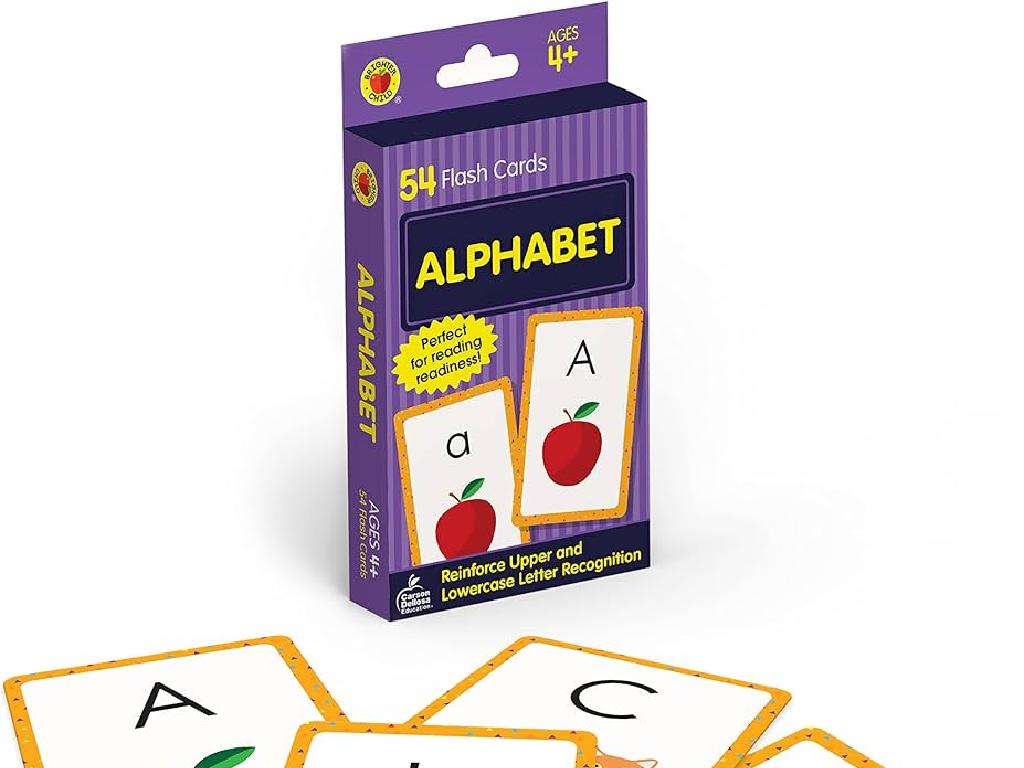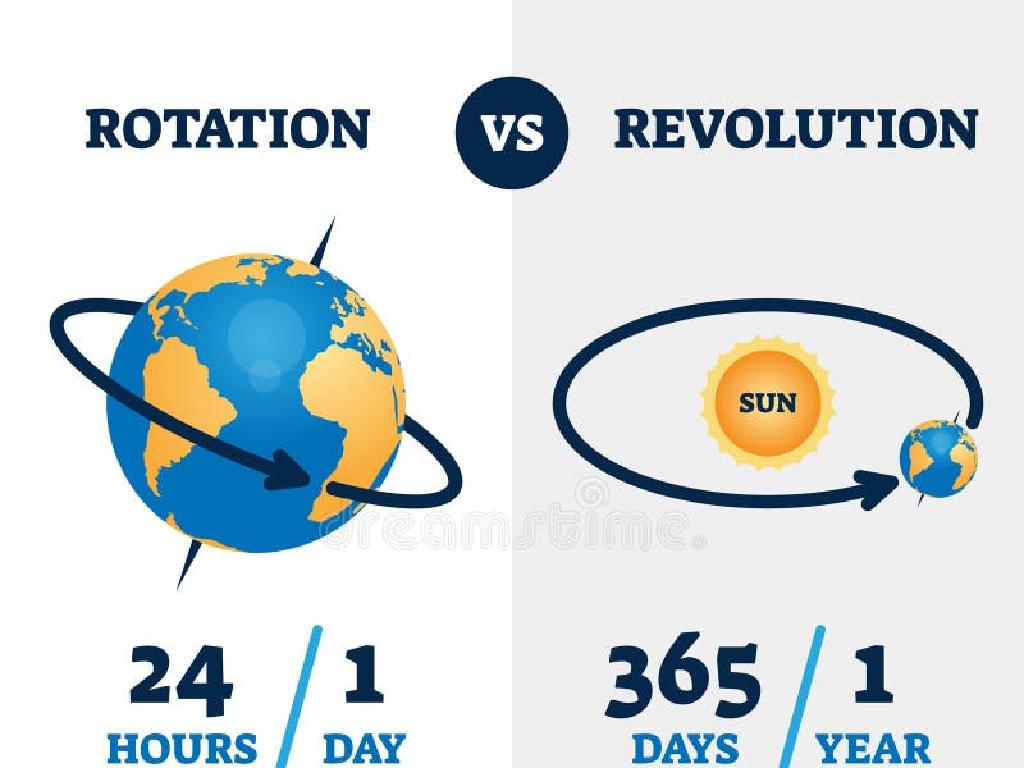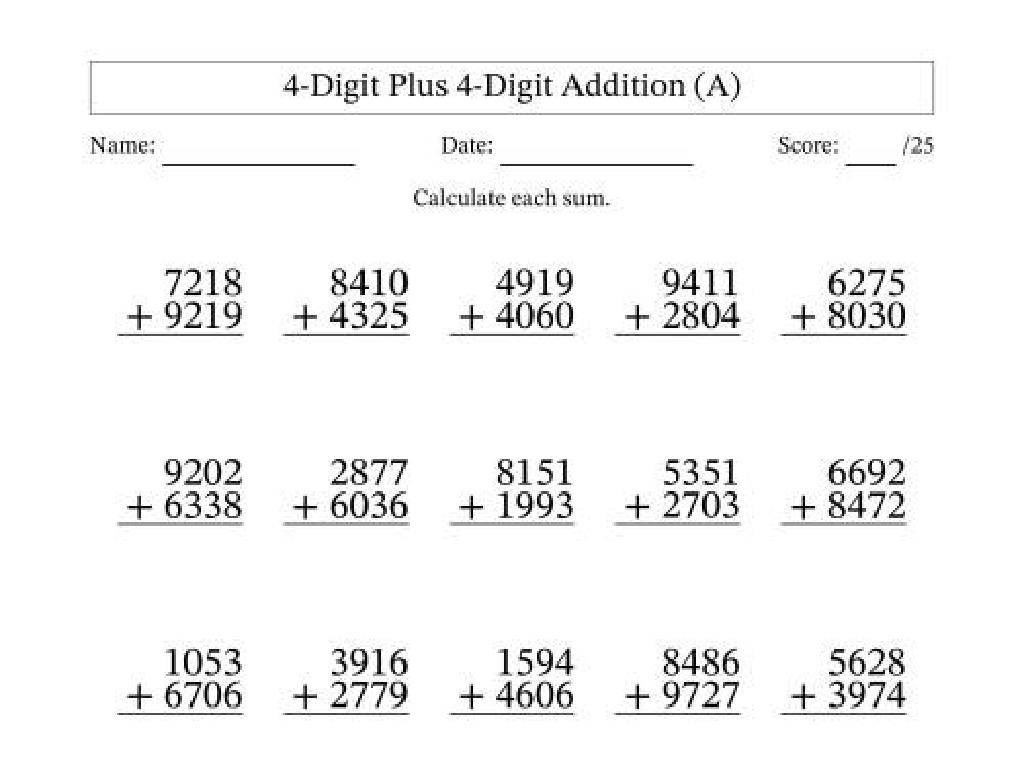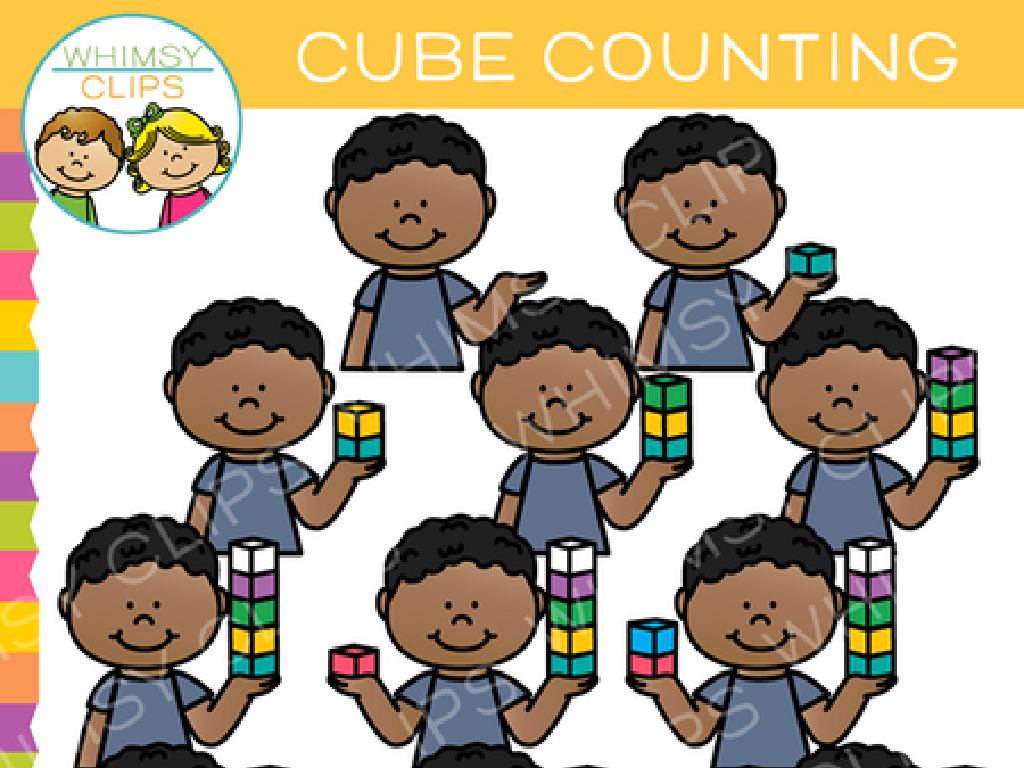Compare And Contrast In Informational Texts
Subject: Language arts
Grade: Third grade
Topic: Text Structure
Please LOG IN to download the presentation. Access is available to registered users only.
View More Content
Understanding Compare and Contrast
– Learn to compare in texts
– Comparing shows how things are alike
– Learn to contrast in texts
– Contrasting shows how they differ
– Why it’s important
– Becoming better readers
– Helps with comprehension and critical thinking
|
This slide introduces the concept of comparing and contrasting within informational texts, which is a key component of understanding text structure. Emphasize to students that comparing is finding similarities between two or more items, while contrasting is finding their differences. Discuss why these skills are important: they help us understand and analyze texts more deeply, which is a critical part of reading comprehension. Encourage students to think about how these skills can help them in everyday reading and in learning new information. Provide examples of simple texts to practice comparing and contrasting together.
Understanding Compare and Contrast
– What does ‘compare’ mean?
– Finding similarities between things
– What does ‘contrast’ mean?
– Finding differences between things
– Using a Venn Diagram
– A tool with two circles to show compare and contrast
– Practice with examples
– We’ll use examples to learn how to compare and contrast
|
This slide introduces the concept of comparing and contrasting in informational texts, which is a key component of understanding text structure. Start by explaining that comparing is about finding similarities between two things, such as characters in a story or animals in a science text. Contrasting is about finding how they are different. Introduce the Venn Diagram as a visual aid to help students organize their thoughts and see the similarities and differences clearly. Provide examples of simple texts and guide the students through the process of filling out a Venn Diagram based on the content. Encourage students to think of their own examples and share with the class to reinforce their understanding.
Key Words for Compare and Contrast
– ‘Similar’, ‘both’, ‘alike’ for comparing
– ‘However’, ‘on the other hand’, ‘unlike’ for contrasting
– Practice finding key words
– We’ll read a passage together and spot these words
– Understand using key words
– Learn how these words help us compare and contrast information
|
This slide introduces students to specific vocabulary that signals comparison and contrast in informational texts. Understanding these key words helps students to analyze how different elements are alike or different, which is a critical reading skill. During the practice activity, guide students through a text, pointing out these key words and discussing what they indicate about the relationship between the ideas being compared or contrasted. Encourage students to think of their own examples and to use these words in sentences to solidify their understanding. The goal is for students to become comfortable with these terms so they can identify and use them independently when reading.
Exploring Frogs and Toads
– Read about frogs and toads
– We’ll learn interesting facts about each
– Find similarities and differences
– What traits do they share? How do they differ?
– Fill out a Venn Diagram
– A tool to visually organize similarities and differences
– Discuss our findings
– Share what we’ve learned with the class
|
This slide is aimed at helping third-grade students understand the concept of comparing and contrasting within informational texts. By reading about frogs and toads, students will engage with the text to identify both commonalities and distinctions between the two creatures. The use of a Venn Diagram will provide a visual aid to help them organize their thoughts and findings. Encourage students to think critically about the information they read and to articulate their observations during the discussion. This activity will not only enhance their comprehension of the text but also develop their analytical skills in recognizing text structures.
Your Turn: Compare and Contrast with Venn Diagrams
– I’ll give you two topics to explore
– Use a Venn Diagram to compare and contrast
– A Venn Diagram has two overlapping circles to show similarities and differences
– Think about how the topics are similar and different
– Similarities go in the overlapping part, differences on the sides
– Get ready to present your findings
|
This activity is designed to help students practice the skill of comparing and contrasting using Venn Diagrams. Provide two topics that have both similarities and differences, making them suitable for this exercise. Explain to the students how to use the Venn Diagram, with the overlapping section representing similarities between the topics and the non-overlapping sections representing differences. Encourage creativity and critical thinking as they analyze the topics. After completing their diagrams, students should prepare a short presentation to share their findings with the class. This will help them not only understand the concept of compare and contrast but also improve their public speaking skills.
The Power of Compare and Contrast
– Why compare and contrast?
– Helps understand information
– Sorting things or ideas makes them clearer.
– Boosts critical thinking
– Comparing things makes us better thinkers.
– Uses outside of school
– Have you ever picked a favorite ice cream flavor?
|
This slide aims to explain the importance of comparing and contrasting in understanding informational texts. It’s a strategy that helps students organize and process information by looking at similarities and differences. This skill is not just for schoolwork; it’s used in everyday decisions like choosing between two things. Encourage students to think of times they have used this skill outside of school, such as deciding between two snacks, choosing what games to play, or even when they meet new friends and discover how they are alike or different. This will help them relate the concept to real-life situations and understand its value.
Class Activity: Compare and Contrast Hunt
– Pair up and find compare/contrast
– Use sticky notes in reading book
– Mark pages with examples
– Get ready for a class discussion
|
This activity is designed to engage students in identifying compare and contrast structures within their reading material. By working in pairs, students can discuss and help each other understand the concept better. Provide each pair with sticky notes to mark pages in their reading books where they find examples of texts that compare and contrast different things. Encourage them to look for keywords such as ‘like’, ‘unlike’, ‘both’, ‘however’, ‘on the other hand’, etc. Once they have found their examples, they should be prepared to discuss why they think those sections are comparing or contrasting information. This will help them to articulate their understanding and listen to how their peers analyze text. As a teacher, facilitate the discussion by asking guiding questions and providing feedback. Possible activities for different students could include comparing characters, settings, or events within the story, contrasting information between two different texts, or even comparing facts within an informational text.
Conclusion: The Power of Comparison
– Celebrate learning comparison skills
– Importance of comparing and contrasting
– Helps understand similarities and differences
– Future use of comparison skills
– Use in reading, writing, and critical thinking
– Reflect on today’s learning
– Think about how you used comparing today
|
Great work, students! Understanding how to compare and contrast is crucial because it helps us see the similarities and differences in the information we read. This skill is not just for school; it’s a critical thinking skill you’ll use in many areas of life, like making choices or understanding stories. Think about how you compared characters or events in a story today. How did it help you understand the story better? Keep practicing, and you’ll become even better at using this skill in the future!






